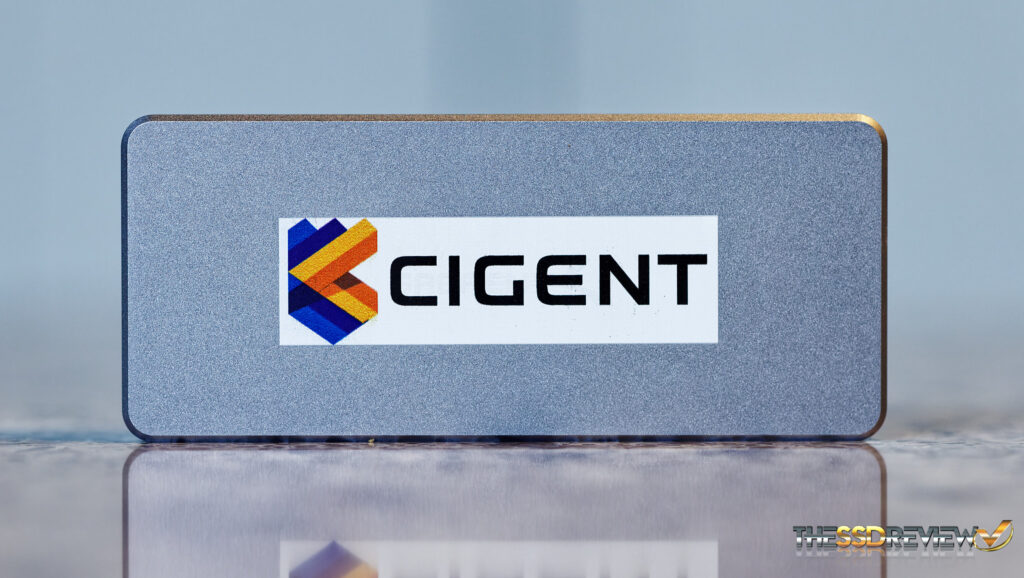REPORT SUMMARY AND FINAL THOUGHTS
The Cigent Secure SSD K2 is a very well thought out security product that includes machine learning capabilities, data deception detection (3 D’s again), as well as its own well placed threat sensors. The device itself can be used as primary storage which is probably why the torx screw driver was included, secondary Windows storage or as a secure portable SSD. Through initial set-up, one creates a dynamic folder where access is controlled through initial PC authentication, as well as an ‘Always On’ partition which is completely invisible when is locked.
Data is protected at the file level with continuous user authentication. If any abnormalities within the OS or data are detected, or the PC is cycled, the K2 and data are immediately placed off line and cannot be accessed. Premium versions and proper set-up allow data log retention and even a True Erase function that guarantees destruction of sensitive data. Perhaps one of the most impressive features at times of attack, is the the K2 creates encrypted safe rooms where sensitive data is placed, protected, encrypted, and rendered invisible to anyone searching for that data. When all is safe, only proper credentials, password, pin and authentication will allow access to these files once again.
At the beginning of this report, we mentioned ransomware and, looking back, we thought that was a tall order at the time. Ransomware has developed to the point that today’s threat includes access and stealing of sensitive data long before the system is actually encrypted by the threat actor. If you don’t want to pay the ransom, they will simply hold your files ransom for possible publication if you don’t cooperate. To an extent, the Cigent K2 could provide a defense of those files but one has to wonder how big we could go with such protection. Could we eventually see this in larger corporations servers, or maybe even protecting infrastructure such as hospitals?
As much as we really like the Cigent Secure SSD K2, there are considerations that can’t be overlooked. The first, of course, is that one has to install D3E software on any system that you want to use the K2 on. In the case of those with protected and encrypted company PCs, this wouldn’t install. As well, the Sigent D3E Dashboard is cloud based and we aren’t completely sold on the idea of that external connection. We would have like to see this remain as a PC based dashboard. Lastly, we might like to see pricing come down just a bit and that 1-year warranty needs to be a 3-year warranty.
Check Pricing of the Cigent Secure SSD K2 at Amazon.
 The SSD Review The Worlds Dedicated SSD Education and Review Resource |
The SSD Review The Worlds Dedicated SSD Education and Review Resource | 


Well, that sounds a lot like “security through obfuscation” to me.
And if the attacker is not detected through ID or AV, then this will not help at all.
The only thing I know which could truly protect against ransomware are backups or a kind of storage that does not let you delete old stuff (only append changes comparable to version control like git).
I purchased one of these when they first came out a few months ago and I have tried to get around the protection and can’t. Cigent’s use of multi-factor authentication protects sensitive files even if anti-virus software is bypassed. It is specifically designed for that use case as far as I can tell. Just my two cents!
The use of multi-factor authentication, particularly when combined with encryption, is extremely effective in protecting sensitive files and storage from ransomware and data theft, even if the system’s AV is bypassed or user’s credentials are stolen. If backups were the panacea solution to ransomware, we wouldn’t be in the situation that we are all in today. Backups don’t prevent data theft and encrypted backups can be double encrypted unless protected with mfa or some other approach.
Way too expansive for private use